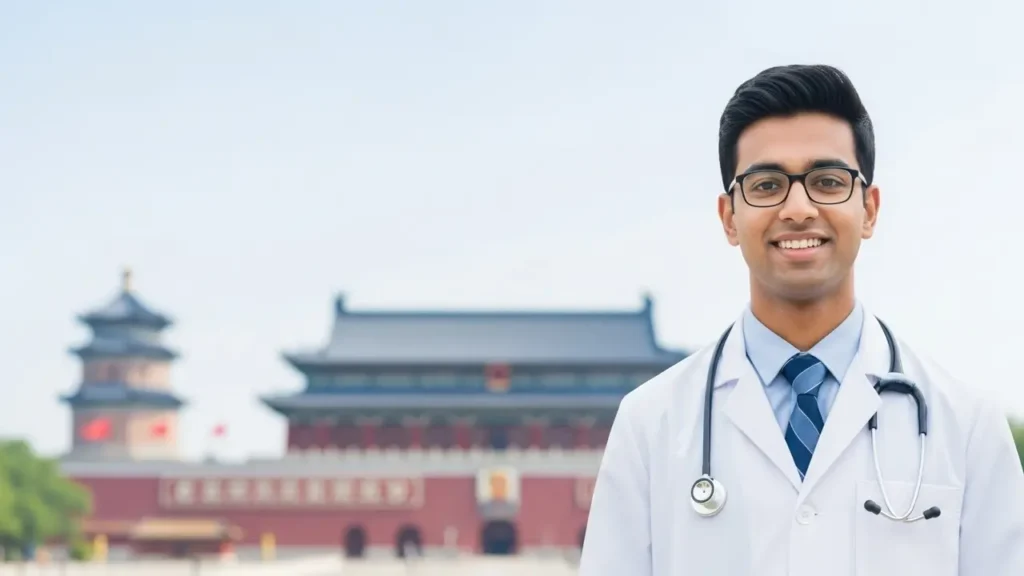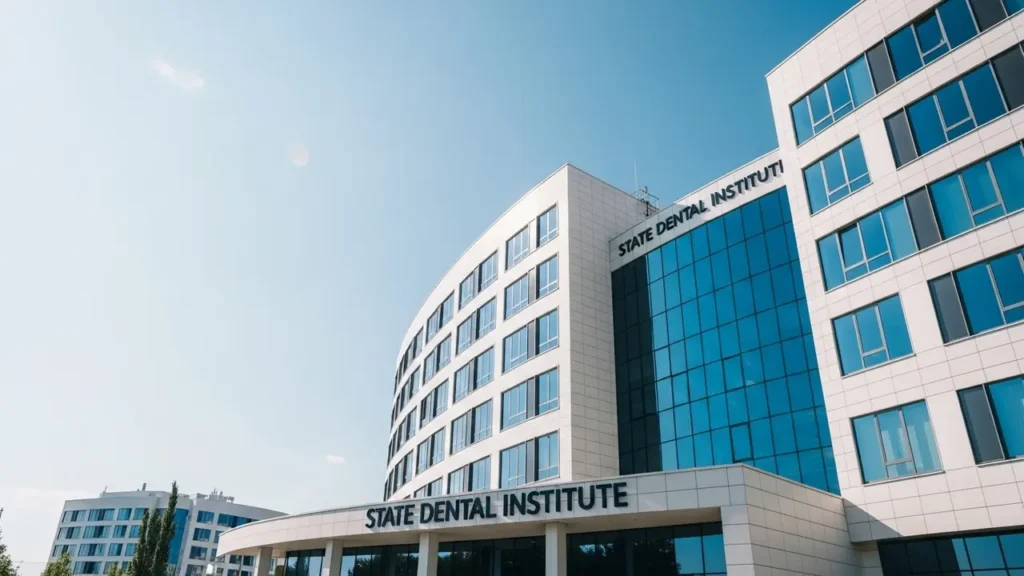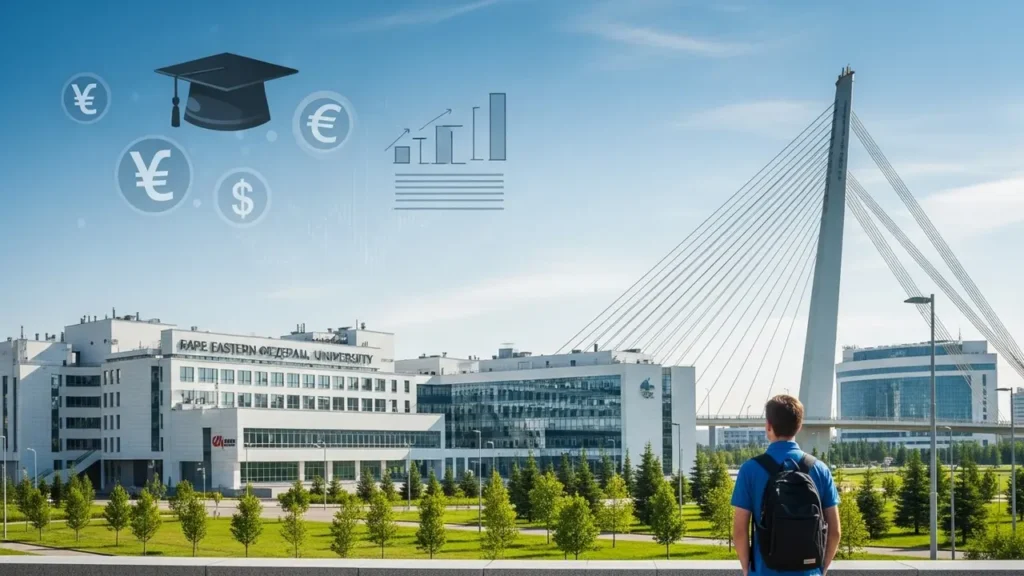That White Coat Feeling – And Why It Shouldn’t Cost You Crores
Let me ask you something: how many people do you know who stopped dreaming of becoming a doctor because of money? Maybe it’s your classmate. Maybe it’s you. Last year, my neighbor’s daughter scored 92% in PCB – but dropped her MBBS plans when she saw private college fees hitting ₹1.5 crore. Brutal, right?
Here’s the hard truth no one wants to say out loud: if I told you to win a race against 10,000 people for a single trophy, you’d laugh. But that’s exactly what medical admissions in India feel like. Only 7% of NEET qualifiers get government seats. The rest? They’re staring at three options:
- Pay private college fees that could buy a small apartment
- Wait a year (or three) hoping luck changes
- Find another path
Kyrgyzstan isn’t some “secret loophole” – it’s a calculated backup plan. Think of it like choosing between buying a new iPhone or a refurbished one that works exactly the same. Why pay premium prices when the outcome’s identical?
5 Reasons Indian Students Are Packing Their Stethoscopes For Kyrgyzstan
I visited Bishkek last year and chatted with 20+ Indian med students. Here’s what they never post on Instagram:
- Fees even middle-class families can stomach: Total 6-year cost = price of a Tata Nexon SUV (₹15-25L)
- No “donation drama”: Admission depends on your marks, not your dad’s bank balance
- Textbooks vs real practice: Most hospitals have 2X more patient interaction than Indian colleges
- Winter survival kits: Universities give international students heated blankets & thermal uniforms
- The chapati factor: Mess halls with Indian cooks & separate vegetarian kitchens
Wait – will Indian hospitals accept your degree? Let’s squash that fear. Kyrgyzstan’s top medical schools are NMC-approved. Yes, you’ll need to pass the FMGE exam when you return. But guess what? So do students from Russia, China, and Ukraine. The playing field’s the same.
Your 2025 Action Plan (Before Seats Vanish)
Last December, 37 students from Kerala alone landed in Bishkek. This year? Applications are up 60%. Here’s your roadmap if you’re scoring 50-60% in PCB:
- June-August 2024: Finalize university & get documents verified
- September: Admission letter arrives (takes 15 days)
- October: Visa process starts (20-25 working days)
- Mid-December: Fly out before snow closes airports
Pro tip: Start this process before NEET results. Why? Kyrgyz universities don’t care about your NEET rank – only that you passed. Smart students secure their seats early, then focus on exams stress-free.
Beyond The Classroom: What They Don’t Tell You
Sayan from Nagpur (3rd year at Osh State) told me: “First month was hell – I missed my mom’s aloo paratha. Then I learned 10 Russian phrases, found a cricket group, and it clicked.” His hostel? Shared kitchenettes, WiFi, and a 24/7 guard. Cheaper than Pune’s PG accommodations.
Biggest surprise? The libraries. “We get 24-hour access to medical journals most Indian colleges can’t afford,” says Priya from Chennai. Her class recently zoomed with a Johns Hopkins surgeon – something her hometown college couldn’t arrange.
FAQs From Parents Who Think Kyrgyzstan = Kazakhstan
-
“Will she marry some foreigner and settle there?”
95% return to India. Kyrgyzstan gives temporary student visas only.
-
“What about safety for girls?”
Hostels have biometric entry & women-only floors. Most universities provide airport pickup too.
-
“Can he practice in the US later?”
Yes – but requires clearing USMLE exams same as Indian graduates. Your Kyrgyz degree qualifies you.
Look – I’m not saying Kyrgyzstan is Paris. The winters hit -15°C. You’ll miss Holi fireworks. But here’s what matters: 78% of Indian grads from Kyrgyz schools passed FMGE last year. The national average? 19%.
Your move. Keep fighting the NEET rat race, or spend that energy where it actually counts – becoming the doctor you’re meant to be.






